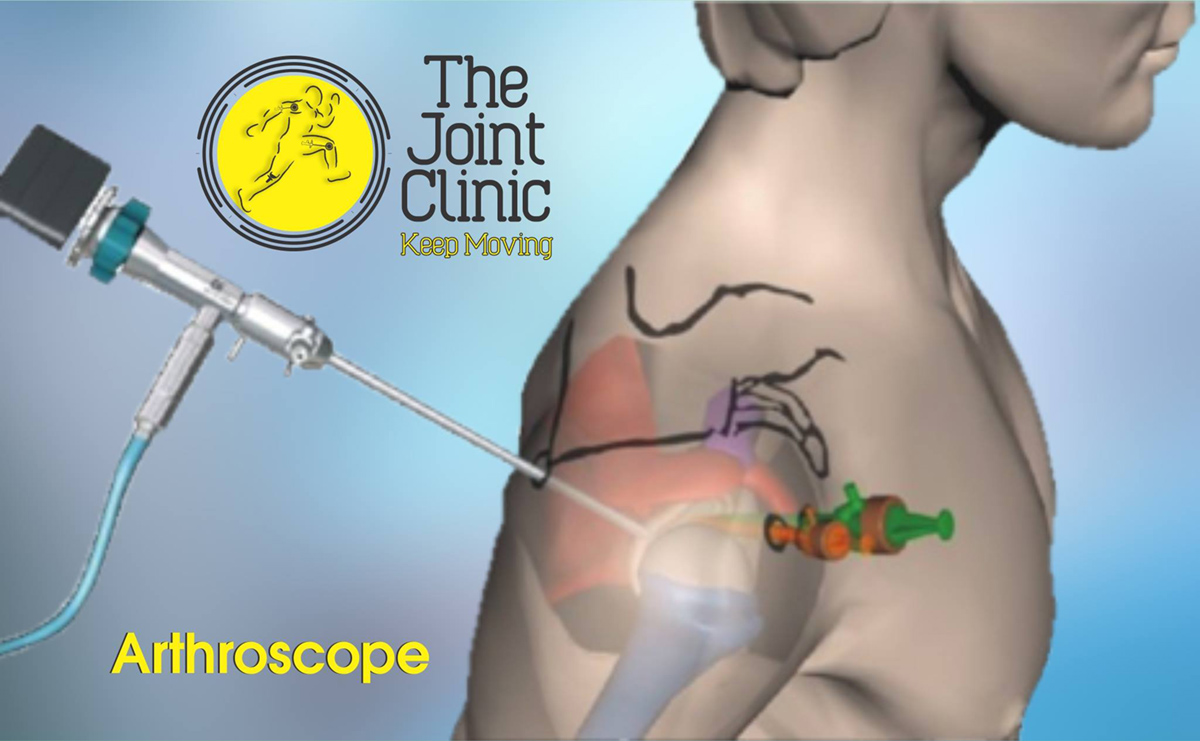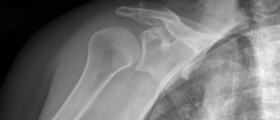
Introduction to frozen shoulder syndrome
Frozen shoulder syndrome is easily one of the most debilitating injuries to the arm that a person can have. It is a very painful condition that includes severe stiffness and excruciating pain at times.
According to the most recent surveys, the condition affects two percent of the population and there is usually no underlying condition that causes it.
When a person has the condition, they will have a really hard time moving the shoulder or might not be able to move it at all.
The condition usually only affects one shoulder but in some rare cases, a person can have the condition in both shoulders.
However, one positive is that once the condition is cured, it hardly ever comes back.
Causes
There are two classifications of the frozen shoulder syndrome, the first one being primary. In this case there is no underlying cause to point to as the cause of the shoulder pain and stiffness.
In the secondary form, the frozen shoulder is caused by an underlying medical condition, usually a trauma, surgery or illness of some sort.
However, it is very hard to pinpoint the direct cause of the frozen shoulder syndrome, but what occurs is that inflammation begins on the lining of the shoulder’s joint capsule, which then turns into scar tissue that give less space for the bones in the arm to move, which then leads to a restriction in the movement of the arm joint.
Symptoms
There are three phases that the syndrome comes in, which makes the symptoms of the condition quite different for each individual and every phase.
The first phase is the most painful one and the pain is felt all over the shoulder joint. The next phase includes a stiffening of the joint and the person will have a hard time moving the shoulder. However, the pain remains just as strong in the second phase and the person will have problems doing everyday tasks that require shoulder movement, such as getting dressed, combing the hair, brushing the teeth, carrying items and typing on a keyboard.
The muscles also begin to waste away in this phase since, it is not being used because of the stiffness.
In the last phase movement improves slightly and the pain decreases gradually, though the pain can get stronger as the stiffness continues to recede.
The condition is not chronic and goes away once it is properly treated, but once it affects a person, the individual could suffer from it for as long as a 30-month period in some cases.











-Causes,-Symptoms,-Diagnosis,-Treatment_f_280x120.jpg)





Your thoughts on this
Loading...